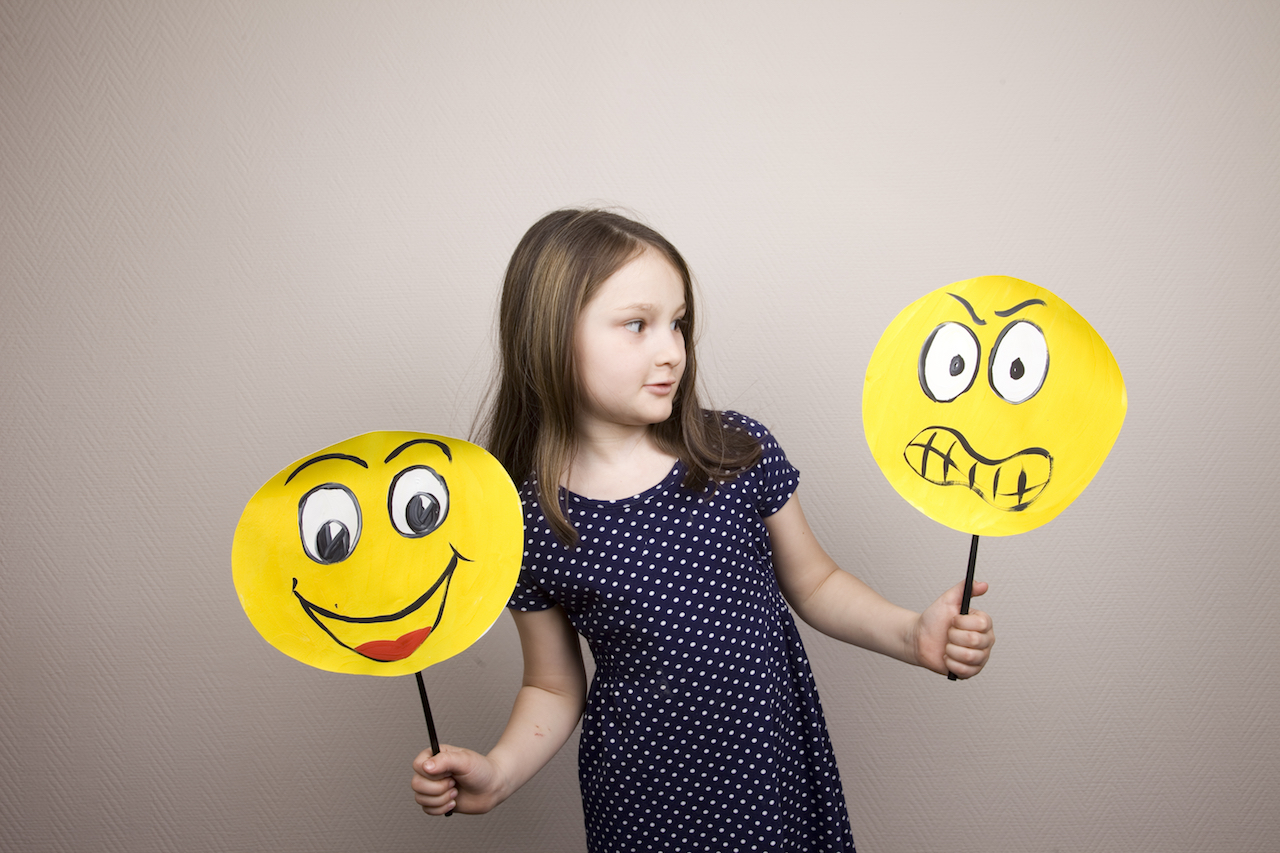We’re all emotional beings. And we all express our feelings in varied ways. Children are no different but they may have different modes of expressing themselves as they go through development stages.
According to the National Council of Developing Children at Harvard University, the emotional health of children or the absence of it, is closely tied to the social and emotional characteristics of the environment in which they live, which includes their parents, families and communities.
So, as a parent, you need to understand that those frequent emotional outbursts your child has are not just temperamental. Be prepared and know how to help him through episodes of meltdowns, defiance, and tantrums.
Make eye contact with your child
This is known to be the bridge between the brain and the exchange of energies. Looking into your child’s eyes gives you access to a deeper level of communicating. Your child will know that he has your full attention. He can see and feel the power of love and support, while you’re trying to calm him down.
Validate his feelings
Feelings are neither right nor wrong; everyone is entitled to feeling something. Tell him that what he’s feeling is natural and there’s nothing wrong with it. Acknowledge how your child feels. Introduce the concept of emotional intelligence, where he needs to identify and express his emotions and be able to evaluate and think about how he feels; while also considering the feelings of others in that particular situation. Give him time to calm down and go through all his feelings. When you stop him in his tracks, it may just worsen the situation. Give him a big hug and reassure him that he’s safe, loved and cared for.
Create a supportive environment
Children need a home that nurtures them, and helps them positive self-image, confidence, and attitude. Being physically there for your child is great, but so too is emotional support. Give him a physical outlet like sport or a walk outside when his emotions get too much.
Take the emotion out of emotions
Teach your child the different ways that we normally deal with feelings and emotions. Don’t judge certain emotions as ‘bad’. We tend to say: “Why are you angry?” or “stop your whining!”. Children can easily interpret this as judgement, and suppress certain emotions out of shame.
It helps to explore different emotions when your child is calm and collected, and not when they’re having a meltdown. This helps them develop the skill to talk about their feelings when they are in an emotional state. Talk about the positive and challenging aspects of dealing with feelings. Give him space to come up with his own solutions.
Research from the Vanderbilt University in Australia on Teaching Your Child to Identify and Express Emotion suggests that there are different ways to teach your child on how to act on their feelings.
They should…
- Ask for help.
- Solve problems with words.
- Say it, don’t do it (say “I am mad” instead of throwing toys).
- Tell a grown-up.
- Take a deep breath.
- Describe what they’re feeling.
- Think of a different way to do it.
- Relax and try again.
- Ask for a hug.
PS… a little tickle never hurts
Laughter decreases stress hormones and increases immune cells and infection-fighting antibodies. It also releases oxytocin, a hormone linked to affection, care and tenderness. It plays an important role in the bond we create with the people we love. The more positive physical contact we share, the more oxytocin we release. Your child will also receive a good dose of endorphins; the hormones associated with pleasure and wellbeing. So, make time to have fun with your child, play practical jokes, tell him a funny story and invite him to share his own stories. Laughter does a child good.
References:
- https://b-inspiredmama.com/12-tips-to-deal-with-overly-emotional/
- https://developingchild.harvard.edu/wp-content/uploads/2004/04/Childrens-Emotional-Development-Is-Built-into-the-Architecture-of-Their-Brains.pdf
- https://www.psychologytoday.com/blog/compassion-matters/201603/why-we-need-teach-kids-emotional-intelligence
- http://csefel.vanderbilt.edu/documents/teaching_emotions.pdf
- https://youaremom.com/tickling-and-kissing-your-babys-belly/

